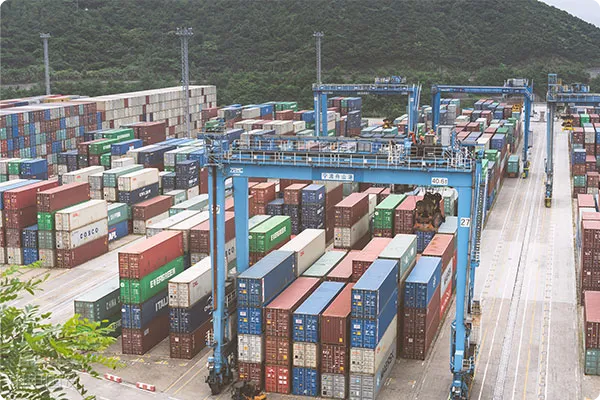- Shanghai Zhongshen International Trade Co., Ltd. - Two decades of trade agency expertise.
- Service Hotline: 139 1787 2118

The New Market Landscape of Tax-Inclusive Equipment Imports in 2025
As the restructuring of global industrial chains accelerates, by 2025,Equipment ImportsPresentHigh-value orientation, technology sensitivity, and tariff complexity.Three key characteristics. The latest statistics from the General Administration of Customs show that the error rate in import declarations for industrial equipment has increased by 23% year-on-year, with classification disputes and issues related to duty valuation accounting for 67% of the cases.
Analysis of the Core Value of the Tax-inclusive Model
- Cost Controllability
- Pre-lock comprehensive import tax rate (including tariff + VAT + consumption tax)
- Mitigate the risk of tax cost increases caused by exchange rate fluctuations.
- Improvement of customs clearance efficiency
- Professional HS Code Pre-classification Service (Error Rate Below 0.8%)
- The utilization rate of the automated document review channel has reached 92%.
- Risk transfer mechanism
- Full Guarantee of Late Declaration Fees/Late Payment Fees
- The response time for customs inquiries has been shortened to 72 hours.
Key Control Points in the Entire Import Process
Pre - preparation Stage:
- Review of the Matching Degree Between Equipment Technical Parameters and Customs Supervision Requirements
- It is recommended to verify through the following methods:Verification of preferential tariff applicability
Practical Key Points in the Declaration Process:
- Confirmation of Freight and Insurance Cost Allocation Ratio (CIF Price Composition)
- Selection of Royalty Declaration Method
Optimization of Tax Payment Stage:
- Tariff Guarantee Insurance as a Substitute for Cash Deposits (Reducing Capital Occupation by 70%)
- VAT installment payment scheme design
Three Golden Criteria for Selecting Proxy Services
- Qualification Verification
- AEO Advanced Certified Enterprises Preferred
- Status of Special Goods Import/Export Permit Holders
- Service transparency
- Fee breakdown granularity (must include at least 12 detailed items)
- Visualization of Exception Handling SOP
- Emergency Response Capability
- Success rate of customs classification dispute resolution (industry average 82% vs. premium agents 95%)
- Commitment to Arrive On-Site Within 2 Hours for Inspection Anomalies Handling
Typical case warnings for 2025
A semiconductor company failed to accurately declare when importing lithography equipment.Technical Assistance TermsThe additional tax payment exceeded the expected lump-sum tax price by 37%. After professional agency intervention, the overpaid taxes were successfully recovered and customs price filing was completed by re-declaring the transaction terms.
When a certain automaker adopted the duty-paid import model for its production line, the agency failed to identify it.Import License for Used Mechanical and Electrical ProductsRequirements led to the detention of equipment at the port, resulting in additional costs. Subsequently, an urgent pre-shipment inspection certificate was processed, ultimately recovering 85% of the economic losses.
Related Recommendations
? 2025. All Rights Reserved. Shanghai ICP No. 2023007705-2  PSB Record: Shanghai No.31011502009912
PSB Record: Shanghai No.31011502009912










